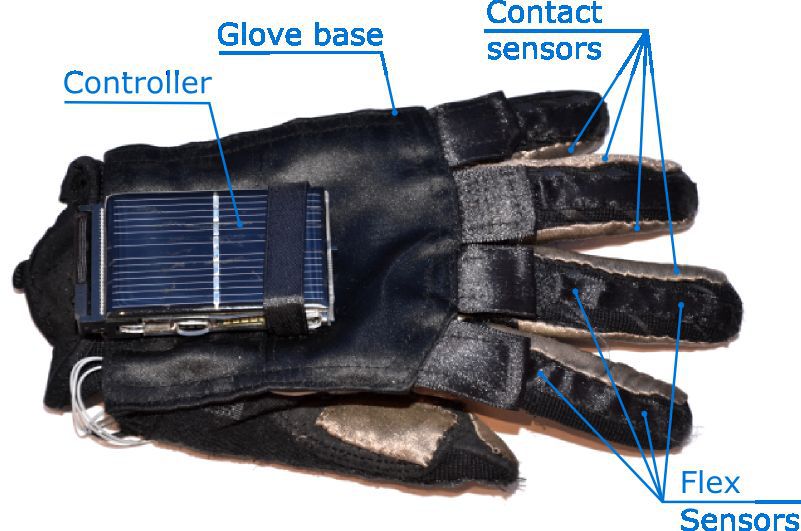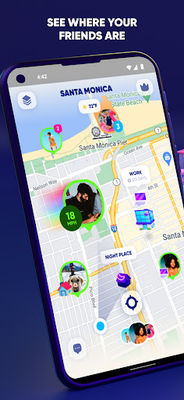What is the gig economy?
The gig economy is a labor market made up of freelance or part-time jobs as opposed to full-time, fixed contracts. Gig workers can encompass a wide range of fields—from driving a taxi or delivery vehicle to editing documents, to technical support, to performing artists. What makes a person part of the gig economy is not their background or chosen field, but rather the fact that they work on a short-term, project basis, rather than as long-term employees of one organization.
It’s also possible to join the gig economy while having a contracted job as an employee. For instance, you might work as a secretary or school teacher and take on a gig-based job like bartending or babysitting in your spare time to help supplement your income. Gig workers often wind up doing a much wider variety of tasks than employees that work full-time for one single company.
Gig economy jobs
Some of the fastest-growing gig economy segments are in the creative and knowledge-intensive industries. For example, a graphic design studio could hire an advertising consultant to help them on a specific project, or a pizzeria could hire an expert copywriter to help them write a new menu.
However, beyond this model, modern tech companies are helping the gig economy to broaden its reach by connecting workers with consumers more quickly and efficiently. These organizations break the gig economy down into three components:
- Gig economy workers—people hired to complete a specific task or project
- Consumers—people or companies who require a specific task to be completed (i.e., a taxi ride, a new website design, or a delivery service)
- Companies linking workers directly with consumers—these are usually app-based platforms such as Uber or Fiverr, which create gig economy jobs based on the immediate dem
The rapid increase in digital technologies
Thanks to the internet, a gig worker is able to find work anywhere in the world. Physical geography is no longer a factor when it comes to finding the right people to work with—whether you’re a freelance illustrator looking for an author, or an agency on the hunt for an SEO specialist to help with a big project.
In addition, cutting-edge technology has resulted in the creation of digital, often app-based, gig economy platforms that link consumers directly with workers. Think of Uber, which connects drivers with someone who needs a ride, or Airbnb connecting hosts directly with those looking for a place to stay.
The pros and cons of the gig economy
While the gig economy has allowed millions of people to approach work in a completely new and empowering way, it does come with its downsides. Before entering the gig economy yourself, make sure you’re aware of the market’s pros and cons.
The advantages of a gig economy job
Working as a ‘flexi’ worker certainly comes with its benefits. For most people, these include:
- Low barriers to entry. Anyone can enter the gig economy, regardless of their skill set.
- Being able to adjust your own work-life balance.
- Flexible working hours, often with the choice to decide when to work and for how long.
- Having the choice of which kind of work and projects that you take on.
- The ability to work from anywhere around the world.
The disadvantages of taking a gig economy job
Consider the disadvantages of gig work before you sign any contracts, or decide to leave your long-term employer for good. These disadvantages often include:
- Not having your pension, health insurance, paid sick leave, or paid holiday covered by your employer.
- Minimal job security with regard to redundancy packages or dismissal notice periods.
Conclusion
All in all, in my opinion, gig economy is here to stay, as it is able to satisfy the modern needs of society. It may turn out that in the future traditional business models would have to adjust and become gig economies as well, as the world is rapidly changing and if you want to be successful you have to keep up with it.
Source:






